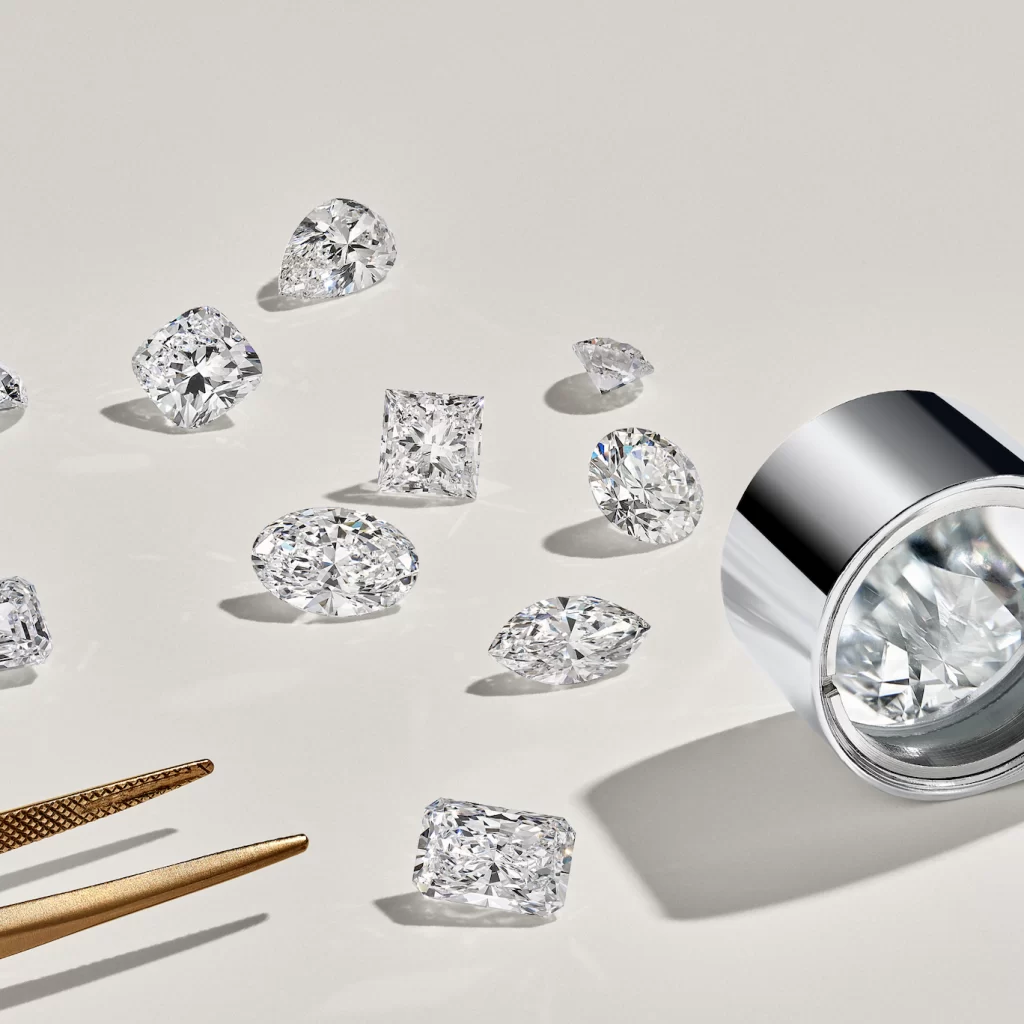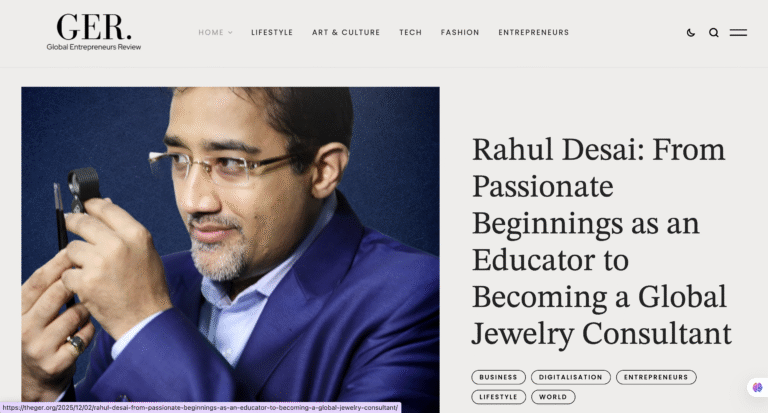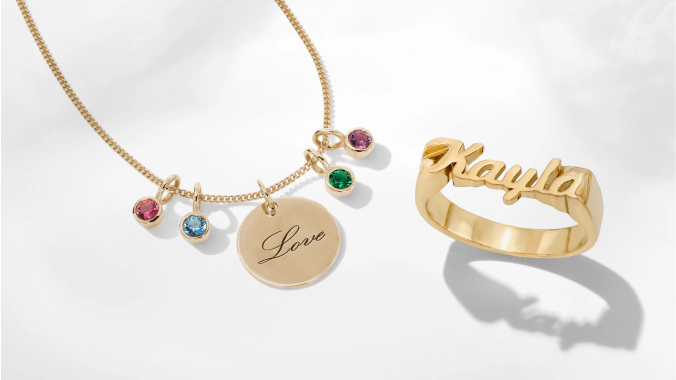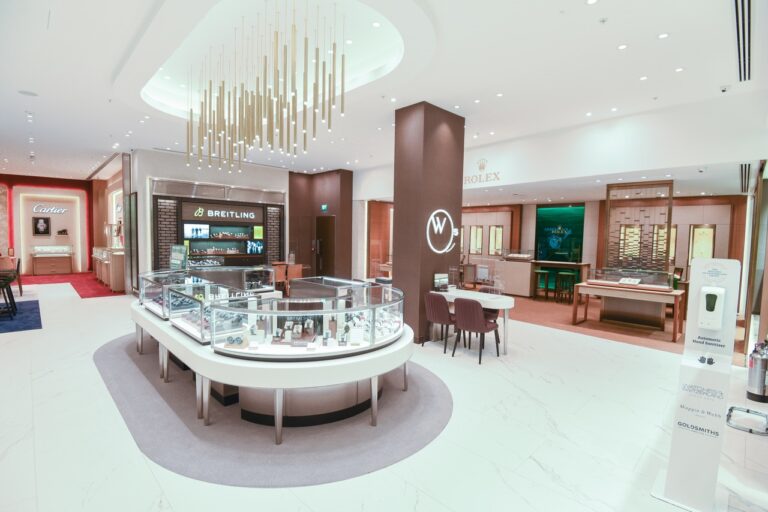No products in the cart.

As the realm of jewellery now welcomes lab-grown diamonds into its fold, those with an affinity for the genuine allure of natural diamonds seek assurance in their purchases. Responding to this need, the natural diamond industry has risen to the occasion by fortifying supply chain safeguards, introducing cutting-edge testing apparatus, and collaborating with governmental bodies to establish authoritative definitions for diamonds. These endeavors collectively serve to safeguard consumers’ interests and instill unwavering confidence in their acquisitions. In the subsequent discussion, we delve into the myriad ways through which the industry adeptly discerns between natural and lab-grown diamonds, reinforcing transparency and authenticity in the world of precious gemstones.
While natural and lab-grown diamonds may share a striking visual resemblance and certain chemical properties, they are not indistinguishable. “The atomic-level differences arising from the distinct conditions of natural and laboratory diamond formation provide our skilled experts with the tools to differentiate between them,” explains Mr. Rahul Desai – CEO & MD at the International Institute of Gemology (IIG), an industry expert. Natural diamonds took shape deep within the earth over billions of years, propelled to the surface by ancient volcanic activity, whereas lab-grown diamonds are crafted in a matter of weeks. Reputed laboratories possess the expertise to definitively distinguish between these categories, ensuring clarity and authenticity in the world of precious gemstones.
Natural diamonds underwent a complex formation process deep within the earth’s mantle over a span of one to three billion years. The eruption of ancient underground volcanoes propelled them closer to the surface. In contrast, lab-grown diamonds are synthesized within a matter of weeks. The foremost gemological laboratories possess the expertise and advanced techniques required to unequivocally distinguish between natural and lab-grown diamonds, ensuring the integrity of the gem industry.
Natural and lab-grown diamonds are tagged or labeled differently to reflect their origin and production method. First and foremost, there is a legal definition of the word “diamond.” Whenever the term “diamond” is utilized in isolation, it pertains specifically to a natural diamond originating from the Earth. Vendors of lab-grown diamonds are mandated by law to employ specific language to explicitly indicate that their products are distinct from natural diamonds.
Natural diamonds are often referred to simply as “diamonds” or “mined diamonds.” They are known for their unique journey from deep within the earth’s crust and have a long history in the jewelry industry.
On the other hand, lab-grown diamonds are labeled as “lab-grown diamonds,” “lab-created diamonds,” or “synthetic diamonds.” These terms highlight their origin and the fact that they were created through technological processes in a laboratory setting. The labeling is intended to provide transparency to consumers and distinguish between diamonds that formed naturally and those that were produced in a controlled environment.
It’s important to note that both natural and lab-grown diamonds can exhibit similar optical and physical properties, making proper labeling essential for consumer awareness and informed purchasing decisions.
The Federal Trade Commission (FTC) provides guidelines to regulate the marketing and labeling of diamonds to ensure transparency and accuracy in the industry. The FTC guidelines are designed to protect consumers and ensure they have accurate information when purchasing diamonds, whether they are natural or lab-grown. These guidelines help maintain transparency and integrity in the diamond industry, enabling consumers to make informed choices.
According to the FTC’s guidelines:
The FTC guidelines are designed to protect consumers and ensure they have accurate information when purchasing diamonds, whether they are natural or lab-grown. These guidelines help maintain transparency and integrity in the diamond industry, enabling consumers to make informed choices.
The Federal Trade Commission (FTC) advocates for the adoption of three terms: laboratory-grown, laboratory-created, or [manufacturer name]-created; often, “laboratory” is abbreviated to “lab.” The FTC stipulates that the declaration of a diamond being non-natural must be prominently displayed.
The industry employs a range of strategies to maintain the distinct segregation of natural and lab-grown diamonds at every stage of the supply chain. During transportation, vertically integrated supply chains, tamper-proof packaging, and verification instruments are used to ensure the authenticity of acquired stones. Cutting and polishing facilities adopt separate rooms and dedicated workers for each diamond type. Some companies exclusively handle either natural or lab-grown diamonds, while those dealing with both implement stringent processes for separation. The industry’s response to lab-grown diamonds entering the market dates back to the early 2000s, with continuous refinement of procedures and legal mechanisms to protect both the industry and consumers from any misconceptions. Companies working with natural diamonds emphasize strict testing, transparency, and international certification practices to maintain the integrity of their natural diamond offerings. A commitment to transparency and quality is upheld through comprehensive verification and certification processes, ensuring that diamonds’ origins are clear even after cutting and polishing.
Leading labs such as GIA, AGS, and IGI conduct rigorous testing and grading of diamonds, both natural and lab-grown, utilizing cutting-edge technology. Diamonds undergo multiple tests in their journey through the supply chain, from initial certification to retailer inventory checks. These labs not only certify diamonds but also laser-inscribe lab-grown diamonds on the girdle for clear identification. The laser inscription, visible at ten times magnification, ensures foolproof differentiation between lab-grown and natural diamonds, complemented by distinctive report colors for further clarity. This meticulous process guarantees the accurate identification of diamonds even beyond the lab’s confines.
Companies, jewelers, and boutiques often employ in-house Diamond Verification Instruments to test diamonds and jewelry they acquire, especially when purchasing from the open market. These devices are essential as many synthetic diamonds are difficult to distinguish using standard gemological methods like microscopes or loupes.
Collaborating with independent laboratories, the Natural Diamond Council meticulously evaluates the capabilities of these machines to verify their accuracy in identifying natural diamonds. This initiative aims to establish unwavering confidence that the instruments can reliably distinguish natural diamonds from other types. The ASSURE Program’s creation of standardized testing procedures ensures the consistent assessment of Diamond Verification Instruments, further enhancing the reliability and trustworthiness of these tools in the industry.
Tom Gelb, Technical Advisor at Project ASSURE, emphasizes the significance of these machines in ensuring the accuracy of purchases without relying on external verification labs.
To validate the efficacy of these instruments, look for their participation in the ASSURE Program endorsed by the Natural Diamond Council. This program collaborates with independent labs to evaluate the machines’ ability to accurately identify natural diamonds. By procuring both natural and lab-grown diamonds and subjecting them to testing by independent labs, the ASSURE Program establishes standards for diamond verification instruments’ performance. This continuous evaluation even covers new and unusual synthetics entering the market, ensuring ongoing reliability.
The practice of comprehensive testing instills confidence in both jewelers and clients, assuring them that diamonds are meticulously examined and correctly identified. This commitment extends to brands like Hearts on Fire, which utilizes ASSURE-approved machines to scrutinize every diamond entering their workshops. Through these stringent measures, the industry fortifies consumer trust and preserves the integrity of natural diamonds within the supply chain.
When purchasing diamond jewellery, it’s essential to ask the right questions to make an informed decision:
Is It Natural or Lab-Grown?
For Larger Diamond (1 Carat +) Can I See the Certification?
What Are the 4C’s?
Is the Jewelry Ethically Sourced?
When embarking on your diamond jewellery shopping journey, make sure to inquire about the diamond’s origin, whether it’s natural or lab-grown. Additionally, for larger diamonds (one carat or larger), ask about the certifications they possess. Grading Standards mentioned in certificates? Armed with this information, you’ll be equipped to acquire a genuine piece of jewellery that resonates with you and holds sentimental value.
By understanding the comprehensive measures taken by the jewellery industry to ensure consumer protection, you can confidently embrace the assurance that jewellery adorned with natural diamonds exclusively contains authentic, naturally sourced gems. Your purchase will not only exude beauty but also embody the trustworthiness upheld by the industry’s commitment to quality and transparency. By asking these questions, you can make a well-informed decision and choose diamond jewelry that not only sparkles but also aligns with your values and preferences.
Both industries are committed to maintaining the authenticity of their offerings through rigorous measures. While some individuals prefer natural diamonds, others opt for lab-grown ones. Thus, both parties diligently oversee their supply chains and meticulously examine diamonds at each stage, ensuring that customers’ preferences are met with accuracy and transparency.
Visit the fastest-expanding premier education institute of the Gems and Jewellery Industry at our locations at Mumbai – Opera House & Andheri (East), Bengaluru, Kolkata and Surat.
We are easily accessible on Instagram, Facebook, Twitter, LinkedIn and Google. @iigofficial






Not a member yet? Register now
Are you a member? Login now